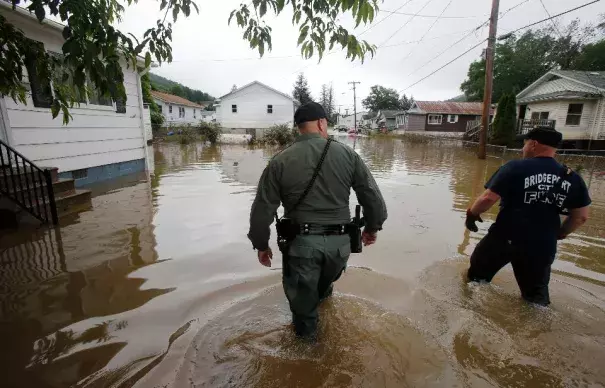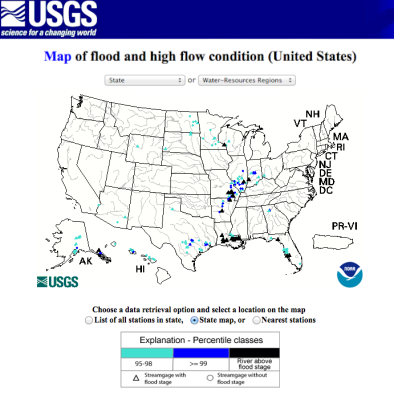Are West Virginia's Floods The Result Of Climate Change?

For a state that has been racked with recession and unemployment, the flash floods that have ravaged West Virginia don’t help much. But the key question to ask — no matter how unpleasant — is whether the coal sector there shares some of the blame.
At issue is the concept of climate change and whether the warmer atmosphere is holding more water and therefore intensifying the storms. To that end, West Virginia’s prime industry has been coal, a fuel that when burned is responsible for a third of all human-induced carbon emissions...
According to Kevin Trenberth, distinguished senior scientist at the Center for Atmospheric Research, there is about 10 percent more moisture in the atmosphere since 1970. That immediately increases precipitation by 10 percent.
“But that process then releases latent heat into the storm and can invigorate the storm so that the net increase in precipitation is up to 20 percent,” he says, meaning that rainfall can be double the resident moisture in the atmosphere.
In the Northeastern region that includes West Virginia, rainfall in the most extreme precipitation events has increased by 73 percent from 1958 to 2012, says the Third U.S. Climate Assessment — a problem particularly acute for the coal-producing state, which has water running off of mountains and into the townships below
Related Content





